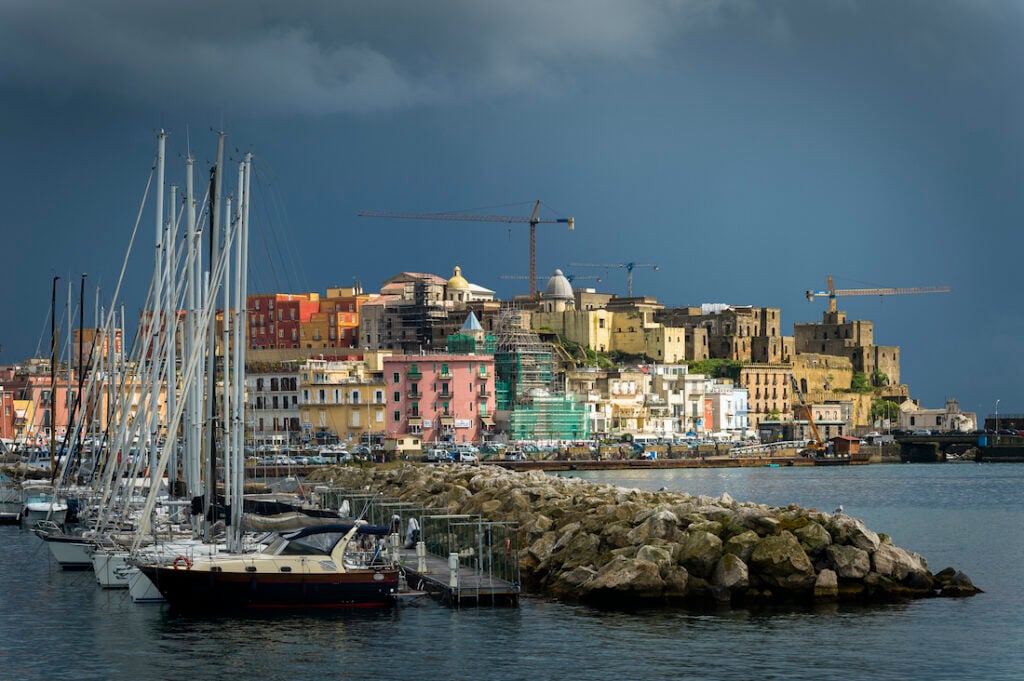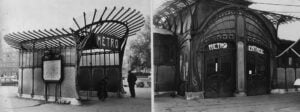On the outskirts of Naples in the south of Italy lies a historical district called Rione Terra. It’s a beautiful coastal area, rich in history, that you would expect to be filled with a mix of entrenched locals and sun-kissed holidaymakers. Yet the streets were emptied in 1970, when Rione Terra was abandoned for a volcano eruption that never came.
It became a ghost town and is still uninhabited. Despite being renovated and temporarily reopened to tourists, that hasn’t gone to plan either.

Rione Terra is the oldest district of the town of Pozzuoli, found just west of Naples. It dates back millennia, serving as a particularly important port during the heyday of the Roman Empire. The prominence of Pozzuoli dwindled with the rise of the coastal city of Ostia, located far closer to Rome itself, and then the emergence of Naples just a few miles away, but it remained a popular seaside town with Rione Terra its most storied quarter.
The name “Rione Terra” translates as “earth quarter”. It is home to the Cathedral of Pozzuoli, itself built on the site of an ancient Roman temple honoring Augustus. There are distinctive earthy-colored buildings dating back to the 17th century that line narrow, cobbled streets. Balconies provide picturesque views of the Gulf of Pozzuoli, the Phlegrean Islands and the wider Tyrrhenian Sea beyond.
Under this appealing landscape lies a geographical feature more central to Rione Terra and Pozzuoli’s tumultuous history than any other. Called the Phlegraean Fields, it is one of Europe’s most dangerous active volcanic areas.

The Phlegrean Fields have been active for approximately 80,000 years, and eruptions in the region might have even contributed to the extinction of neanderthals. The area is now what is known as a caldera – a cauldron-shaped depression, formed after a volcano’s magma chambers empty in an eruption.
After centuries of laying dormant, the Phlegrean Fields were believed to be on the path to extinction. Then, suddenly on one day in early 1970, they reared their head again. There was little to no volcanic monitoring going on in the area, and the sudden movement of the ground was first noticed by fishermen, who were unable to reach their boats by land.
Realizing the caldera was volatile, scientists thought an eruption was imminent and Rione Terra was the area most vulnerable. Authorities decided to evacuate – a move that has had sweeping repercussions for the area.
Read More: Granadilla | The beautiful Spanish village abandoned for a flood that never arrived
The day of departure was March 2, 1970. Army trucks rolled into the neighborhood and officials went door to door to clear out residents. The area was declared uninhabitable and all the buildings were seized by the municipality of Pozzuoli. Residents were housed in shelters as they waited for the eruption, yet it never arrived. Instead, locals began to think the whole thing was a conspiracy for the authorities to take control of their property – especially when everyone other than the bishop was told they weren’t allowed back.
A piece of graffiti appeared on the walls saying: “Our overlords want to demolish Rione Terra to enjoy this paradise.”

An earthquake struck ten years later, forcing even the bishop to leave. The early 1980s went on to become a period of serious seismic volatility for the Phlegrean Fields. On one night, at least 500 tiny earthquakes struck Pozzuoili, and scientists witnessed what is known as an “aborted eruption” – when magma rises close to the surface but without the velocity to break through.
After it calmed down, residents still weren’t allowed back and the cliffside district of Rione Terra sat abandoned for decades.
In the 21st century, a series of local authorities began working to renovate it. In 2003, a competition to rebuild the cathedral was announced, with Milanese architect Marco Dezzi Bardeschi submitting the winning design. It involved “wrapping walls of glass around the Roman columns and recreating the original vaulted ceiling, while sloping the floor down towards what remained of the baroque church—creating a meditative stroll through time and religion,” according to National Geographic. Finally, in 2014, it reopened as an open-air museum.
Yet footfall has died again in recent years. The Covid-19 pandemic led to a closure, and then came the arrest of the local mayor on corruption charges, relating to the Rione Terra renovation. And then, in autumn last year, the Phlegrean Fields reawakened. It was the largest surge since the 1980s. There are hopes Rione Terra can reopen this year, but for now the area steeped in history has an uncertain future.





